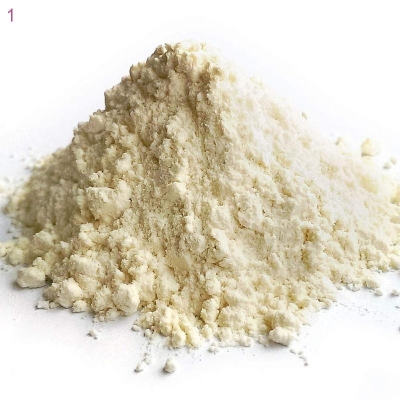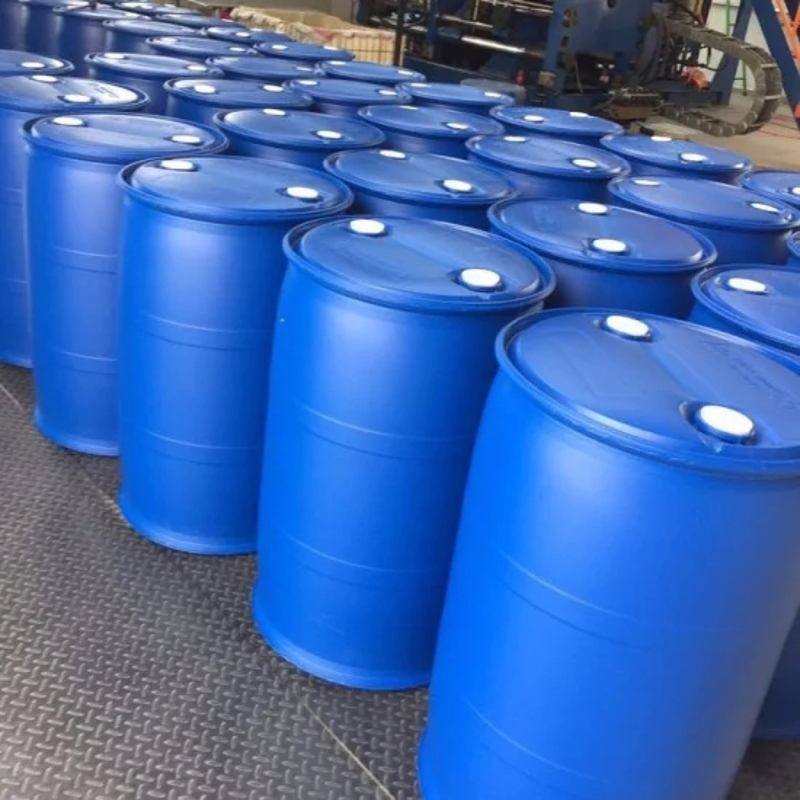Correct use of bleach
-
Last Update: 2017-04-11
-
Source: Internet
-
Author: User
Search more information of high quality chemicals, good prices and reliable suppliers, visit
www.echemi.com
Introduction: bleach has edible and industrial use, the following safety net for you to introduce the correct use of bleach Bleaching agent is a kind of substance which can destroy and inhibit the color of food, make it fade or prevent food from browning It can be divided into two categories: oxidation bleaching and reduction bleaching Here is the correct use of bleach Bleaching agent can not only improve the color of food, but also has many functions such as bacteriostasis, which is widely used in food processing Except for a few varieties such as benzoyl peroxide, which is used as flour treatment agent, oxidative bleaching agent is rarely used in practice As for hydrogen peroxide, it is only allowed to be used in some areas for fresh-keeping of raw milk and dried beancurd in bags instead of as an oxidizing bleaching agent Bleaching agent consumes oxygen in food through chemical action such as reduction, destroys and suppresses the activity of food oxidase and the color factors of food, so as to make food browning pigment fade or avoid browning, at the same time, it also has a certain antiseptic effect There are seven kinds of bleaching agents allowed to be used in China, including sulfur dioxide, sodium sulfite and sulfur, among which sulfur is only limited to the fumigation of preserves, dried fruits, dried vegetables, vermicelli and sugar Pay attention to the following problems when using bleaching agent (including chlorine bleaching agent): 1 This kind of bleaching agent has corrosive and decolorizing effects on natural fabrics, so the use concentration should not be too high, and the effective chlorine content should be about 1%; 2 When using, first prepare the bleaching solution, mix it evenly, and then add the clothes to prevent the clothes from being bleached; 3 Soak the clothes in the bleaching solution for no more than 15 minutes, To avoid corrosion and discoloration of clothes; 4 Rinse the bleached and disinfected clothes with clear water for several times immediately; prevent the residual liquid from further corrosion or discoloration of clothes; 5 When disinfecting with bleach, the concentration shall not exceed 1.5%, The soaking time is less than 30 minutes, which can kill most bacteria and viruses Many foods use bleach, so is food bleaching safe? In fact, if it is used according to the national regulations, it will not be dangerous Now the state has food safety detector, which can measure 50 parameters in the food on site So that we can eat more safe food, more food safety knowledge in the hundred safety net Editor in charge: he xianrob
This article is an English version of an article which is originally in the Chinese language on echemi.com and is provided for information purposes only.
This website makes no representation or warranty of any kind, either expressed or implied, as to the accuracy, completeness ownership or reliability of
the article or any translations thereof. If you have any concerns or complaints relating to the article, please send an email, providing a detailed
description of the concern or complaint, to
service@echemi.com. A staff member will contact you within 5 working days. Once verified, infringing content
will be removed immediately.






